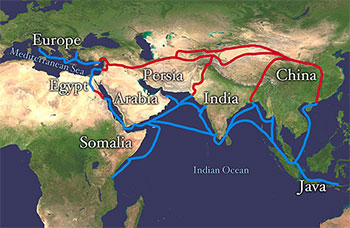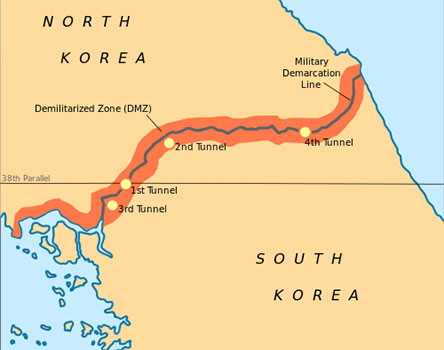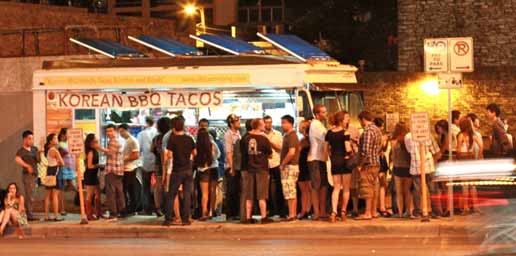Think back to a time when you, a family member, or a friend took a trip. Maybe you went on a family vacation or to visit a friend in another city or country. More than likely you packed a suitcase with items that you needed for the trip. What was in your suitcase?
![]() Click on the suitcase below to see if any of the items inside matched yours.
Click on the suitcase below to see if any of the items inside matched yours.
Cultural diffusion is the spread of cultural traits from one culture to another. There are many ways that cultural diffusion occurs. For this lesson you will examine three factors of cultural diffusion: migration, trade, and war.
![]() Click on each of the factors below to learn more.
Click on each of the factors below to learn more.
Read the following historical examples of the three factors of cultural diffusion.

The Silk Road is an ancient travel route established by the Han Dynasty of China during the first millennium. The trade route was named for silk, China’s main export. The route extended from China to Mesopotamia reaching nearly 4000 miles and creating a link for different cultures to exchange goods, services, and ideas. The Silk Road is one of the first causes of widespread cultural diffusion. For example, the spread of Buddhism from India throughout Asia is due, in part, to the exchange of ideas along the Silk Road.
Click on the link to watch the video and learn more about the Silk Road and its impact.![]() China Revealed: Silk Road.
China Revealed: Silk Road.

After WWII ended, conflict began in the divided country of Korea. In 1950, North Korea, a communist-run country, invaded South Korea, a country run on the principles of democracy. In response to the invasion, the United Nations, led by American troops, came to the aid of the South Koreans.
At the end of the Korean War in 1953, the United States established military bases to protect democracy in South Korea. As an example of cultural diffusion, the spread of the English language throughout South Korea, increased as U.S. television and radio was broadcasted in South Korea. South Koreans also had access to American goods and services sold to accommodate American troops. Through its contact with Americans, South Korea’s culture became infused with traits of American culture.
There is also evidence of Korean culture in the United States. As South Koreans immigrated to the United States, many moved to major American cities. In those cities you will see Korean restaurants such as the popular Chi’lantrofood truck that is famous for its Korean tacos.

Korean popular music, called K-Pop, is becoming extremely popular in the United States. Korean singer PSY gained worldwide notoriety with his song and accompanying dance, “Gangnam Style.” In the following video, PSY demonstrates his dance that has become popular worldwide.
![]()
![]() Scroll over each image below to learn more.
Scroll over each image below to learn more.
Migration, as a factor of cultural diffusion, has a greater impact than all other factors. In the United States, the migration of nearly seven million African Americans from the South to cities in the North, West, and Midwest was called the Great Migration. The cause of this migration was the severe racism and inequality experienced by African Americans in the South; African Americans moved to find better economic opportunities and a chance at a more prosperous life.
From 1910 to 1940, southern African Americans moved to cities such as Chicago, Detroit, Los Angeles, and Philadelphia. They brought and shared their tastes in food and music and their cultural traditions, changing the culture of these cities forever.
Harlem, a large neighborhood in the northern section of the New York City borough of Manhattan, provides a great example of how migration impacts cultural diffusion. The Harlem Renaissance, a cultural explosion of African-American artists, poets, writers, and entertainers, occurred during the 1920s as a result of African-American migration to Harlem and the diffusion of their culture.
![]() Click on each image below to learn more.
Click on each image below to learn more.
As globalization increases, interdependence between cultures will increase. This will further expand cultural diffusion in our world.
Sources for images used in this section, as they appear top to bottom: